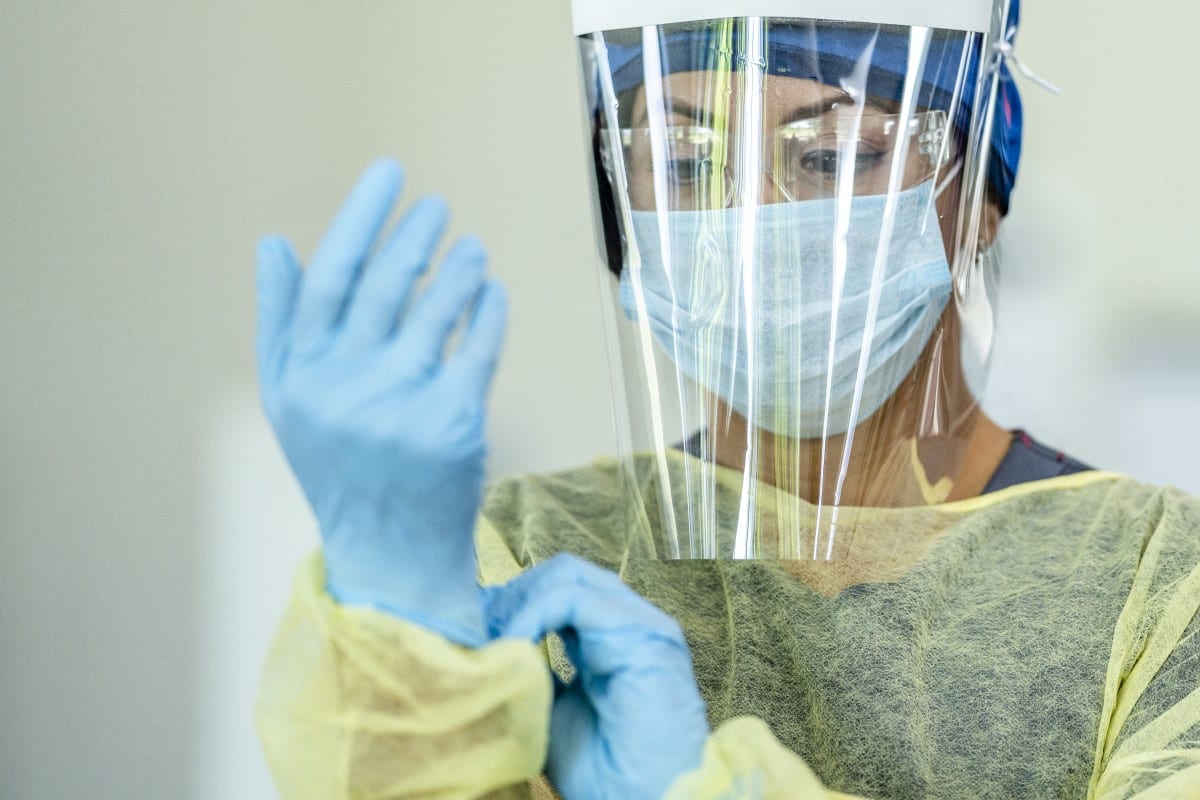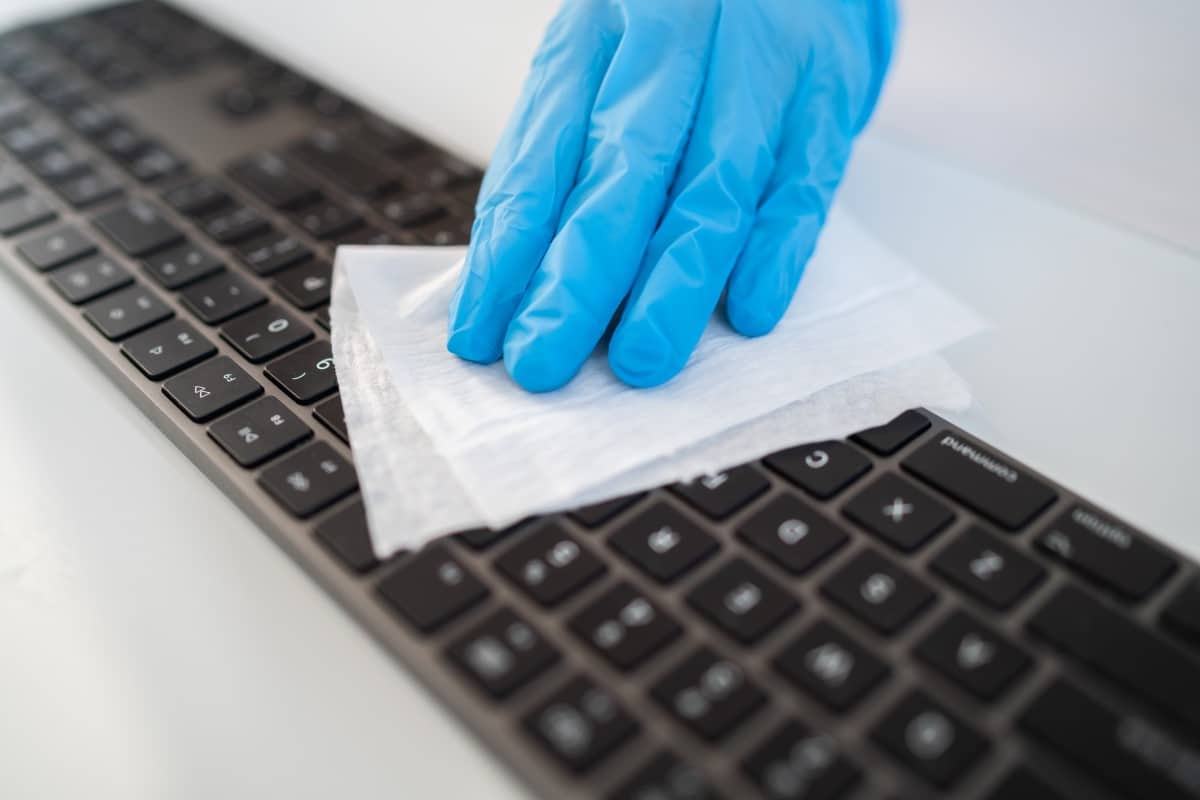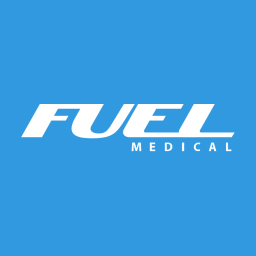Understanding How USP 797 Affects Your Practice’s Allergy Department
As with any type of regulatory text, USP 797 can be difficult to understand. Even if you want to comply, you might not know where to get started. Fuel Medical has taken the time to go through USP 797 and highlight areas that are relevant to you, our members. We answer the following Ask Fuel First question to assist you with setting up your compounding area and training personnel: What are some personnel and facility qualifications that I need to consider when preparing to meet USP 797 requirements?
Getting Your Staff Ready for Change
To comply with USP 797, you need to train your staff and set up your compounding area in a specific manner. First, we’ll discuss preparing your staff.
Section 21.1 of USP 797 discusses personnel qualifications when compounding. Here are some areas that you’ll need to consider when striving for compliance:
- Practices should designate a staff member who has been trained and possesses expertise in allergen immunotherapy to train, evaluate and supervise others who prepare allergenic extract prescription sets. This training must occur annually and be documented to show trainees are competent (through an exam).
- Before beginning to independently compound allergen extracts, all compounding personnel must complete initial training in gloved fingertip and thumb sampling on both hands no less than three separate times.
Besides ensuring your staff are trained, you’ll have to make sure they follow USP 797’s guidelines on hygiene. Mostly, this new regulation outlines hand hygiene and garbing (found in section 21.2):
- Anyone who compounds allergenic prescriptions should have clean hands and fingernails.
- Use disposable nail cleaner to clean under fingernails.
- Wash hands, forearms and elbows with soap and water for at least 30 seconds, and then dry with a disposable towel.
- Apply sterile 70% IPA, or isopropyl alcohol, on all surfaces of the gloves and allow to dry completely.
- Proper garbing is also required.
- Hair and shoes should be covered.
- Wear a face mask (and another cover if facial hair is present—see Image 1. Sterile Garments and Gloves).
- Use sterile, powder-free disposable gloves.
- Wear a low-lint garment to the neck with sleeves that fit to the wrist.

Getting Your Practice Ready
Your facilities must be set up and cleaned according to the new guidelines (found in 21.3-4). Here are some points that we believe you should take into consideration:
- All surfaces where compounding takes place must be cleaned and disinfected daily, as well as when you know or suspect that the surface has been contaminated, such as a broken vial or dust. This applies to those using either AECA or ISO Class 5 standards.
- Apply 70% IPA to the work surface between each prescription set.

- Because the majority of our members use AECA standards, we’re highlighting those requirements below:
- You must set up a visible perimeter to show the areas where your compounding is performed, such as using colored tape to illustrate boundaries. No other activity or staff members should be in this area during compounding.
- When setting up your compounding area, choose an area away from unsealed windows, doors that lead outdoors, traffic flow, environmental control challenges and at least 1 meter away from a sink.
- Your compounding area must be well-lit and have temperature and humidity controls. Refrigerator temperatures should be 2°–8° C (35.6°–46.4° F).
- All surfaces of this area must be cleanable, such as walls, floors, fixtures, shelving, counters and cabinets. That means carpeting is unacceptable in the compounding area. Surfaces must also be damage-resistant, smooth, waterproof, free from cracks/crevices and non-shedding.
- When cleaning and disinfecting surfaces, clean walls and door frames monthly or before if you know they are contaminated. Don’t choose an area where dust collects on overhangs, as these must be cleaned regularly.
We know that USP 797 is extensive and might be confusing. This Ask Fuel First section aims at simplifying some of the jargon that can be found in government documents and highlighting points that are relevant to your allergy department. We recommend that you refer to USP 797 directly when you set up your compounding areas and train staff, but feel free to contact us at AllergyEDGE@FuelMedical.com to learn more about how Allergy EDGE™ can help you meet some of these new requirements.
